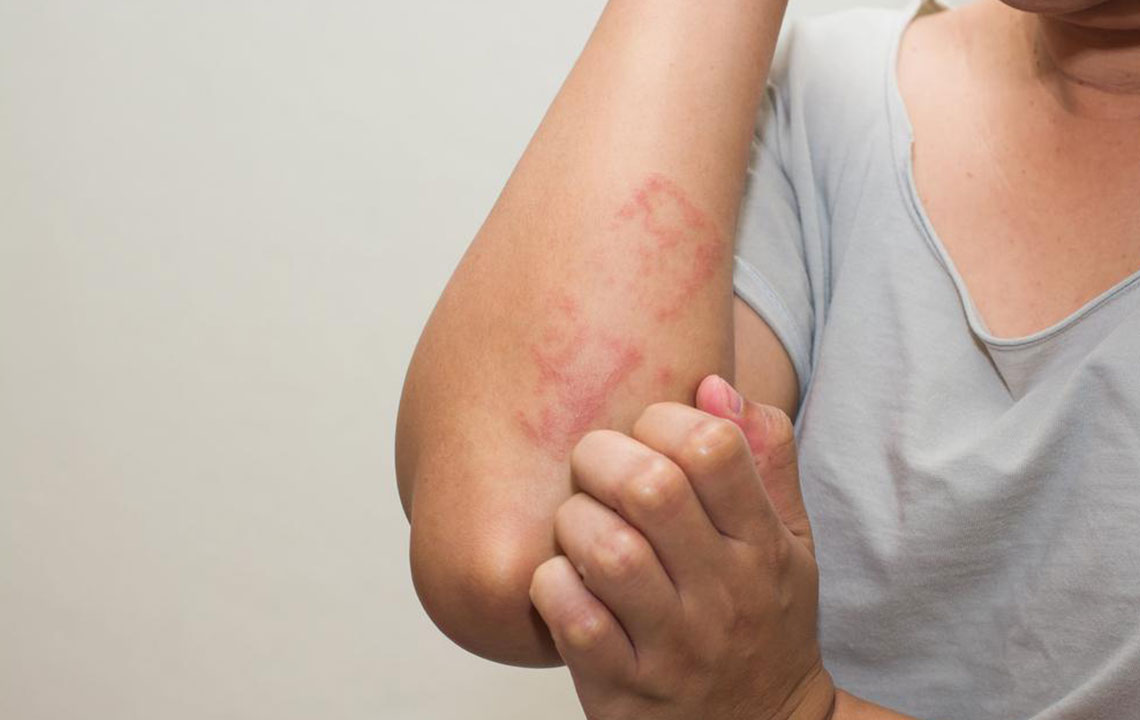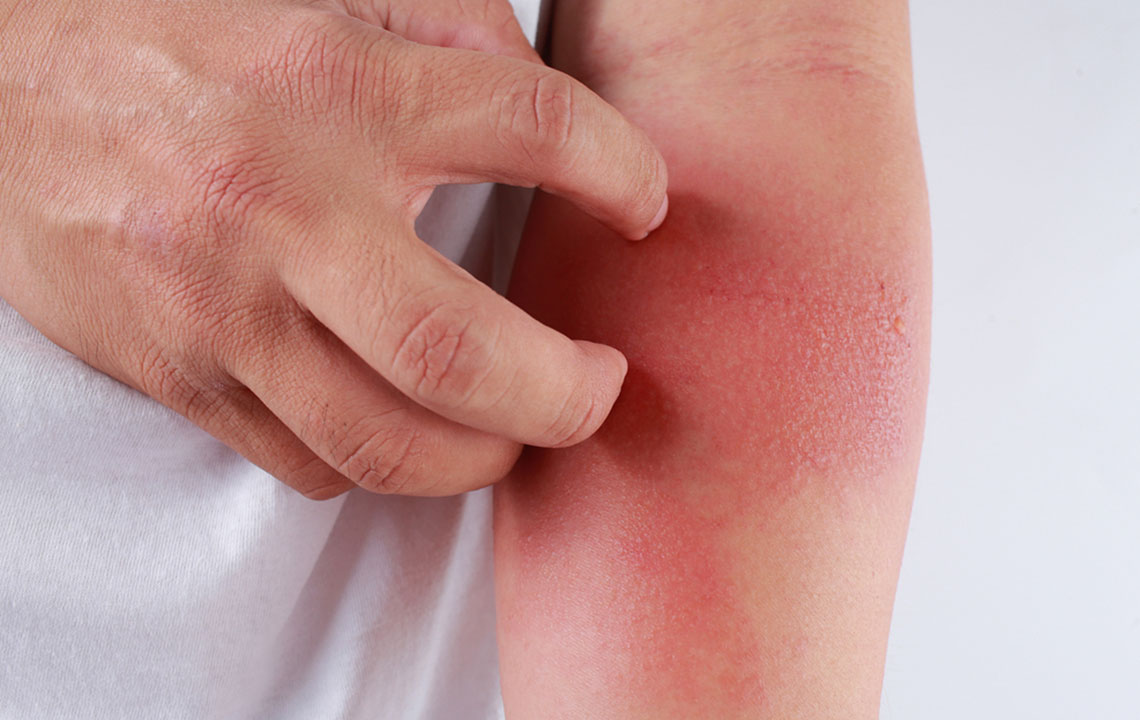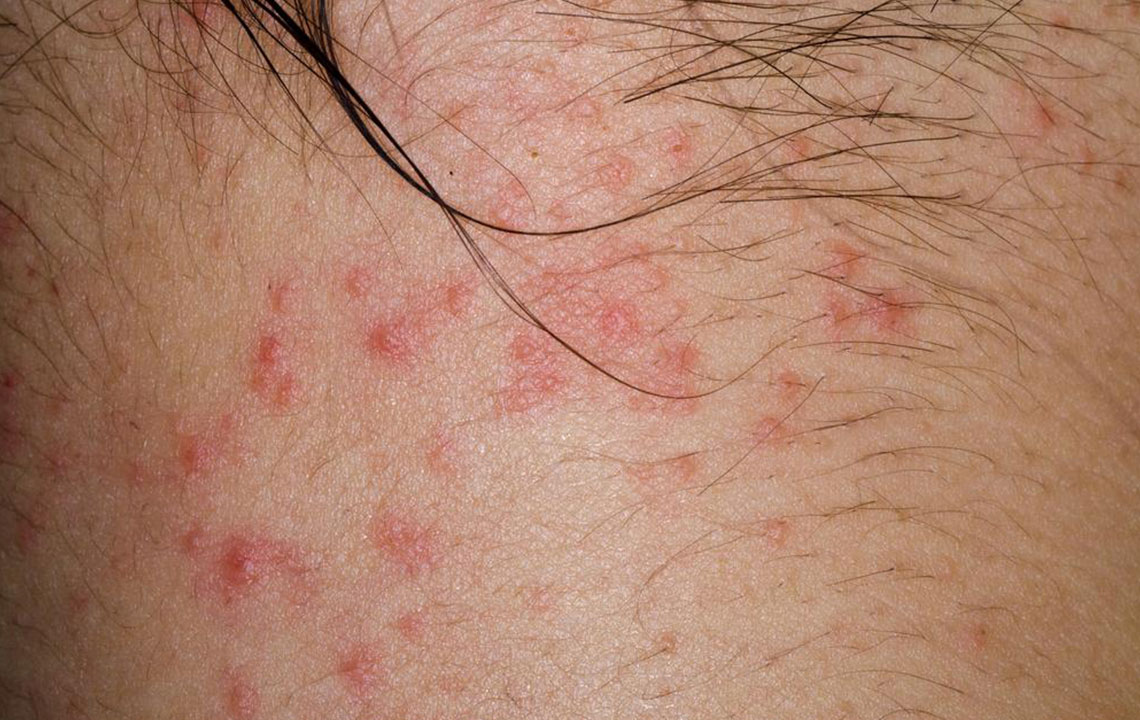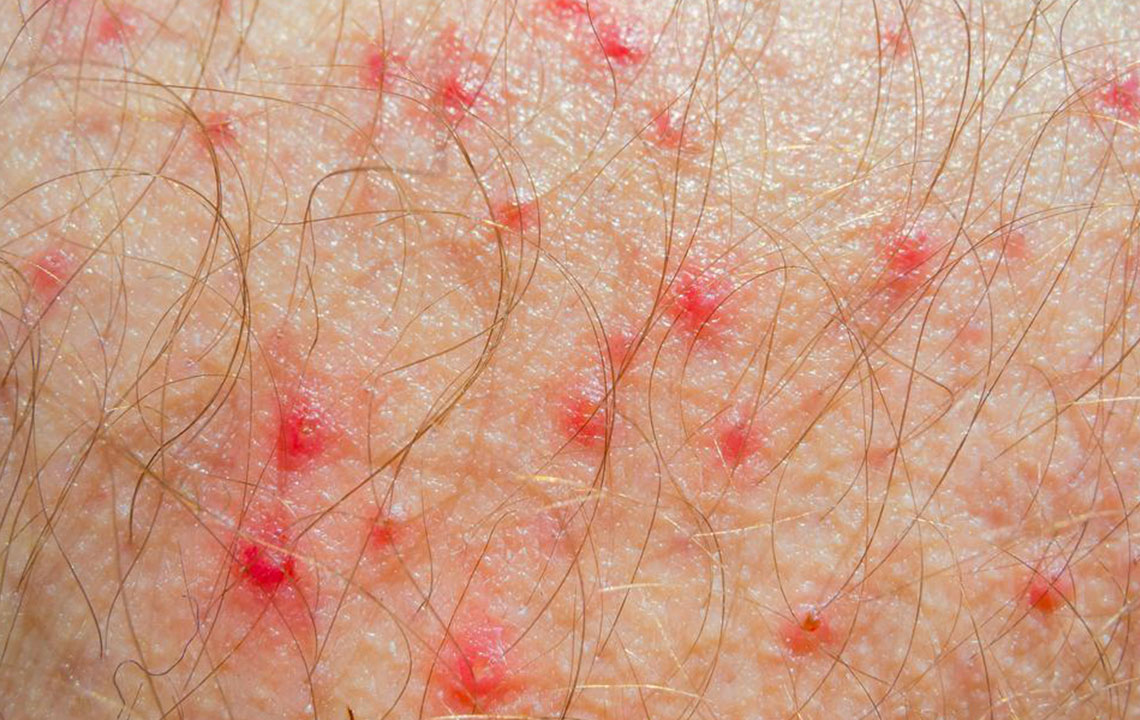Comprehensive Guide to Eczema: Causes, Symptoms, Types, and Effective Treatment Strategies
Eczema is a prevalent chronic skin condition characterized by inflammation, dryness, and severe itching. It affects all age groups and involves a complex interplay of genetic and environmental factors. This comprehensive guide explores the various types of eczema, its causes, symptoms, and effective treatment strategies. Managing eczema involves understanding triggers, maintaining good skin hygiene, and utilizing medical therapies when necessary. Proper management can significantly improve quality of life, reduce flare-ups, and prevent complications, making this guide an essential resource for those affected by eczema or interested in skin health.

Understanding Eczema: A Deep Dive into Causes, Symptoms, Types, and Treatment Methods
Eczema, also known as atopic dermatitis, is a complex and chronic skin condition that affects millions of individuals worldwide, spanning all age groups from infants to seniors. It is characterized by inflammation, dryness, intense itching, and the appearance of rough, red, and sometimes crusty or blistered patches on the skin. This condition significantly impacts the quality of life of those affected, often leading to discomfort, embarrassment, and secondary infections if not managed properly. The condition results from a combination of genetic predispositions and environmental factors that disrupt the skin's natural barrier function.
The pathology of eczema involves a defect in the skin's protective barrier, allowing irritants, allergens, and microbes to penetrate more easily, leading to inflammation and hypersensitivity. This results in a cycle of itching and scratching that can further damage the skin, making it more prone to infections caused by bacteria, fungi, or viruses. Eczema often manifests as rashes or blisters that may ooze or crust over, especially during flare-ups. While it commonly appears on the face, hands, elbows, and knees, it can involve any part of the body. Understanding the underlying causes and triggers is crucial for effective management and symptom control.
Eczema impacts both infants and adults, with symptoms varying considerably depending on age and individual sensitivities. In infants, eczema frequently appears as itchy, oozing, and crusty patches on the scalp, cheeks, or around the mouth. In adults, it may present as dry, scaly patches, often associated with itching and discomfort. Although the precise cause of eczema remains uncertain, research suggests a combination of genetic factors—such as mutations affecting skin barrier proteins—and environmental triggers. These triggers might include exposure to allergens, harsh soaps, detergents, extreme temperatures, stress, and irritants like chemicals or fabrics.
The main types of eczema include atopic dermatitis, contact dermatitis, dyshidrotic eczema, nummular eczema, and seborrheic dermatitis, each with distinct characteristics but often overlapping symptoms. Atopic dermatitis is the most common form and is frequently associated with other allergic conditions like asthma and hay fever. Contact dermatitis results from skin contact with irritants or allergens. Dyshidrotic eczema produces small, intensely itchy blisters on the hands and feet. Nummular eczema manifests as round, coin-shaped spots, while seborrheic dermatitis affects areas rich in oil-producing glands, such as the scalp and face.
Symptomatically, eczema involves dry, rough patches, persistent redness, swelling, blistering, oozing, crusting, and thickened skin due to constant scratching and inflammation. Over time, repetitive irritation may cause pigment changes or skin thickening, which can persist even when flare-ups subside. Some individuals experience frequent or severe flare-ups, which can interfere with daily activities, sleep, and overall well-being. Recognizing triggers and early warning signs is vital for preventing exacerbations and managing symptoms effectively.
While there is no permanent cure for eczema, various treatment options aim to alleviate symptoms, reduce flare-ups, and restore skin health. A cornerstone of management involves rigorous skin moisturization using emollients, which form a protective layer to retain moisture and strengthen the skin barrier. Avoiding known triggers—such as harsh soaps, detergents, and allergens—is essential. Patients are encouraged to use gentle, fragrance-free skin products and wear soft, breathable fabrics like cotton to minimize irritation. For moderate to severe cases, physicians may prescribe topical corticosteroids, calcineurin inhibitors, or other anti-inflammatory medications to control inflammation. In some instances, phototherapy or systemic immunosuppressants are considered when topical treatments are insufficient.
Educating oneself about eczema, understanding personal triggers, and maintaining a consistent skincare routine are critical aspects of managing this chronic condition. Proper skin hydration, avoiding irritants, and practicing good hygiene can significantly reduce flare-ups. Additionally, stress management techniques and avoiding extreme weather conditions can help prevent exacerbations. Patients are advised to seek regular medical guidance to monitor disease progression and adjust treatments as needed. With proper care and lifestyle modifications, individuals with eczema can lead healthy, comfortable lives, minimizing the impact of this persistent skin disorder.





